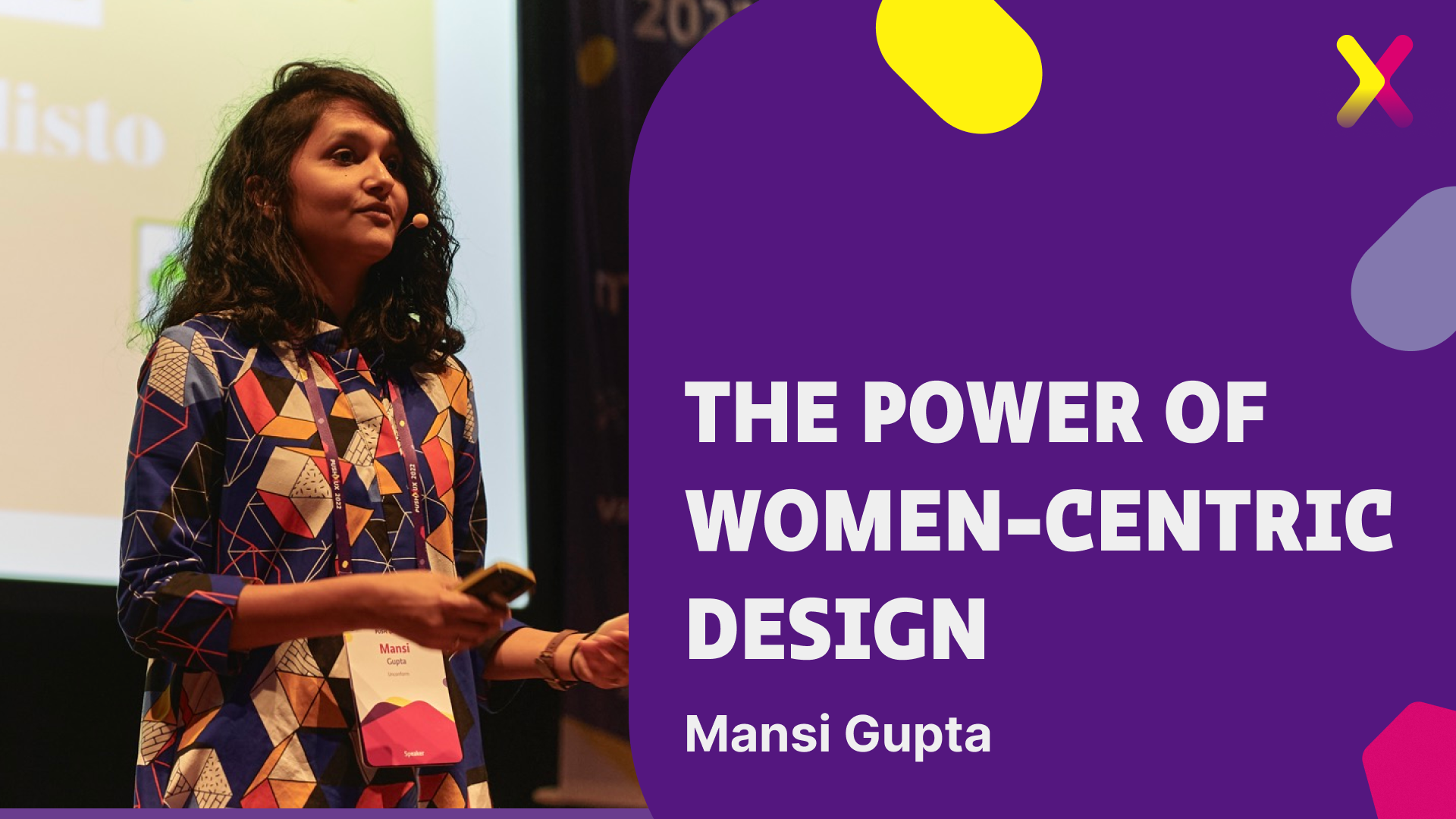The Power Of Women-Centric User Experiences

Uber rolled out SOS functionality only after there were sexual harassment cases reported on their rides. Fitness apps continue to ignore menstruation, menopause, and pregnancy. Pension funds, failing to acknowledge that women live longer, have contributed to financial inequities. If these products and services had dared to ask: what about women?, they would have designed for safety, non-linearity, lifecycle and other key needs of women that are consistently overlooked – and can create an improved experience for all.
As women continue to navigate a world built for men, design exacerbates these disparities—research shows that under the guise of being “genderless,” our current design methodologies overlook key needs of women, continuing to produce one-size-fits-men outcomes. As a seasoned women-centric behavioural design lead, Mansi observed first-hand that projects across domain, culture and geography often run into similar unique barriers that specifically women experience—but these barriers continue to remain unaddressed. Design can play a role in changing this. Practitioners that design with a women-first lens all agree on one thing: when you design for women, you have a much higher chance of designing for everyone.
In this talk, Mansi will share “Design for Women,” a culmination of key themes, design principles, and tools emerging from deep research with feminist practitioners. In sharing how we might embed some of these findings into our design processes, Mansi will show how a women-centric lens has the power to create inclusive user experiences — especially if designers choose to learn from non-design disciplines that have always put marginalised groups at the centre of their program design.